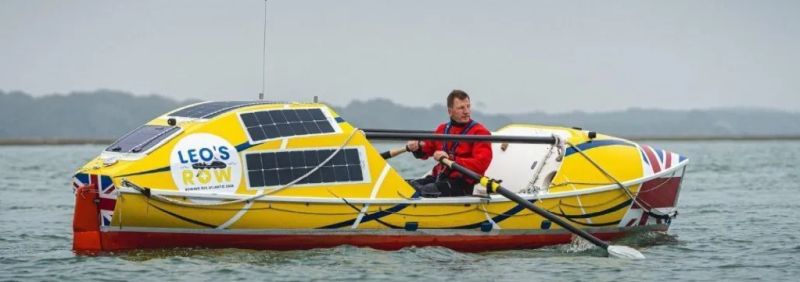-
SS United States Dockside Philadelphia
https://www.oldsaltblog.com/wp-content/uploads/2025/02/sssunitedstatestow5.jpg
-
SS United States Leaving the Dock
https://www.oldsaltblog.com/wp-content/uploads/2025/02/sssunitedstatestow3-1.jpg
-
SS United States Passing Under Walt Whitman Bridge
https://www.oldsaltblog.com/wp-content/uploads/2025/02/sssunitedstatestow4.jpg
-
SS United States Departing Philadelphia Under Tow
https://www.oldsaltblog.com/wp-content/uploads/2025/02/sssunitedstatestow3.jpg
-
SS United States Under Tow on the Delaware River
https://www.oldsaltblog.com/wp-content/uploads/2025/02/sssunitedstatestow2b.jpg
Previous Image
Next Image
SS United States, the largest and fastest transatlantic passenger liner ever built in America, was towed this morning from the dock in Philadelphia where it has been moored for nearly three decades, on the first leg of its final voyage. The historic ocean liner’s next stop is Mobile, Alabama, where it will be prepared for a new role, to become the world’s largest artificial reef, off the coast of Destin-Fort Walton Beach in the Gulf of Mexico.
“Today, the nation’s sole surviving ocean liner will glide down the Delaware River to begin the next chapter in her uniquely American story,” said Susan Gibbs, president of the SS United States Conservancy and granddaughter of the ship’s designer, William Francis Gibbs, in statement just before ship left.
In the fall of 2024, Okaloosa County bought the ship to sink her to create an artificial reef off the Florida Panhandle. Since then, the ship’s departure has been delayed by bad weather, lawsuits over dockage fees, and the Coast Guard concerns over the ship’s structural integrity.
Continue reading →
 Last week, Trump’s Defense Department removed articles about Navajo code talkers from its websites amid an ongoing campaign to rid the military of diversity, equity, and inclusion (DEI) programs. Once again, under Trump, opposition to DEI was used as a tool for denying opportunities to people of color, women, and minorities—if not erasing them entirely from the history books.
Last week, Trump’s Defense Department removed articles about Navajo code talkers from its websites amid an ongoing campaign to rid the military of diversity, equity, and inclusion (DEI) programs. Once again, under Trump, opposition to DEI was used as a tool for denying opportunities to people of color, women, and minorities—if not erasing them entirely from the history books.
 Five years ago,
Five years ago,  A remarkable story of survival against all odds.
A remarkable story of survival against all odds.  British unmanned systems manufacturer
British unmanned systems manufacturer 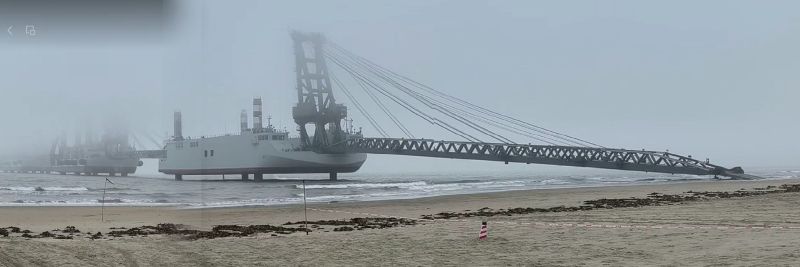 Many have dismissed
Many have dismissed 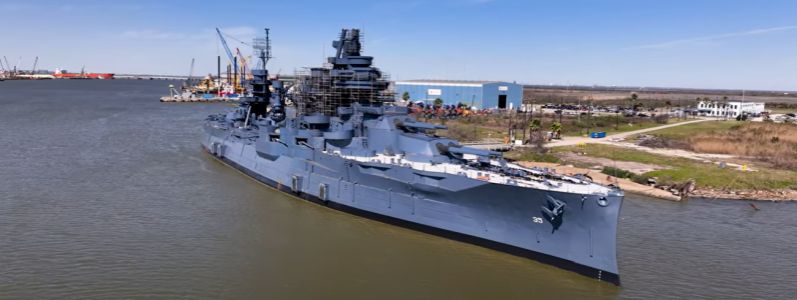 The battleship
The battleship  This morning, the 804 TEU
This morning, the 804 TEU  As the current administration launches a frontal attack on diversity, equity, and inclusion, it is a good time to remember
As the current administration launches a frontal attack on diversity, equity, and inclusion, it is a good time to remember 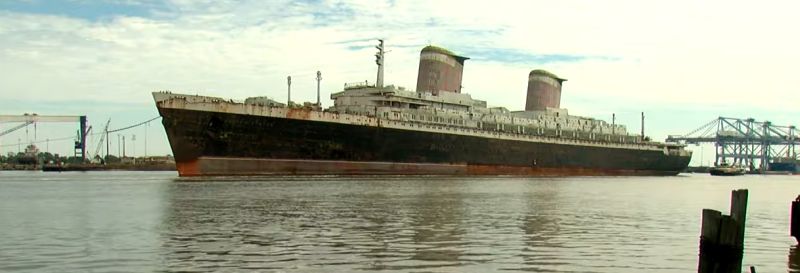 The iconic passenger liner
The iconic passenger liner  The world’s largest and oldest iceberg, designated
The world’s largest and oldest iceberg, designated  Yesterday,
Yesterday,  On June 14, 2023, the
On June 14, 2023, the 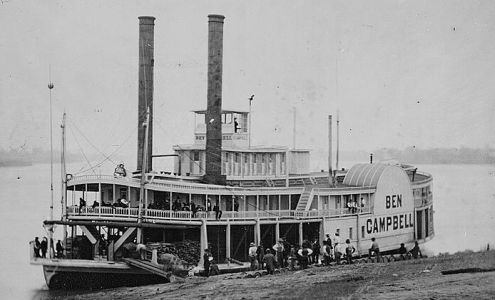
 In a surreal moment, Elon Musk, who heads the ‘Department of Government Efficiency’ (
In a surreal moment, Elon Musk, who heads the ‘Department of Government Efficiency’ ( In honor of Black History Month and in light of current events, it seems especially worthwhile to remember the pioneering career of
In honor of Black History Month and in light of current events, it seems especially worthwhile to remember the pioneering career of 
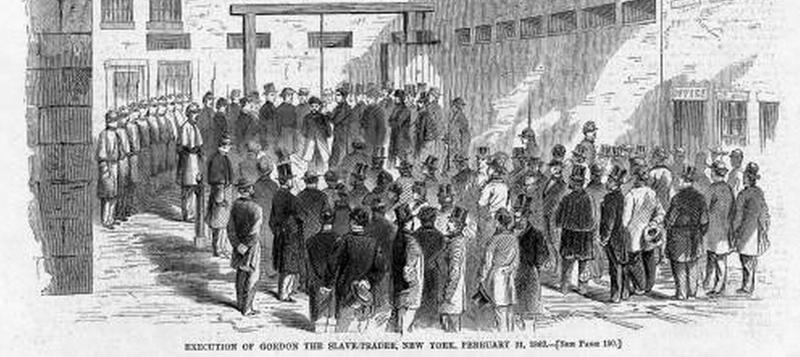 A repost in honor of Black History Month.
A repost in honor of Black History Month. Last week, the
Last week, the 